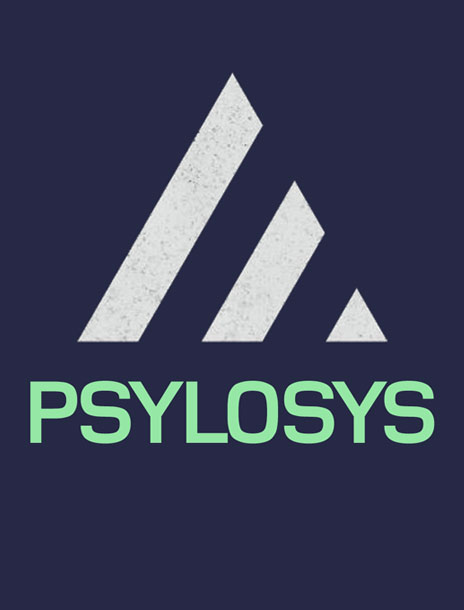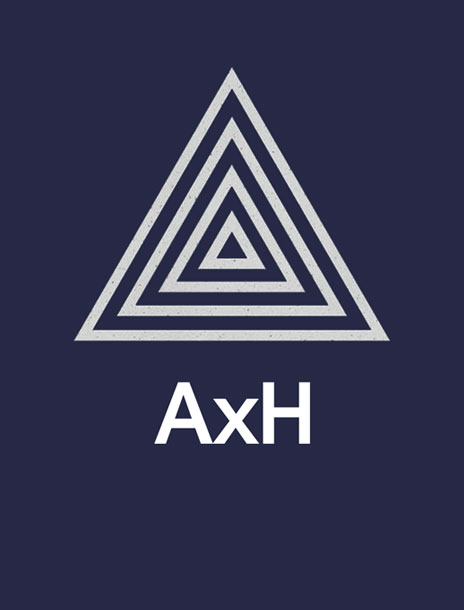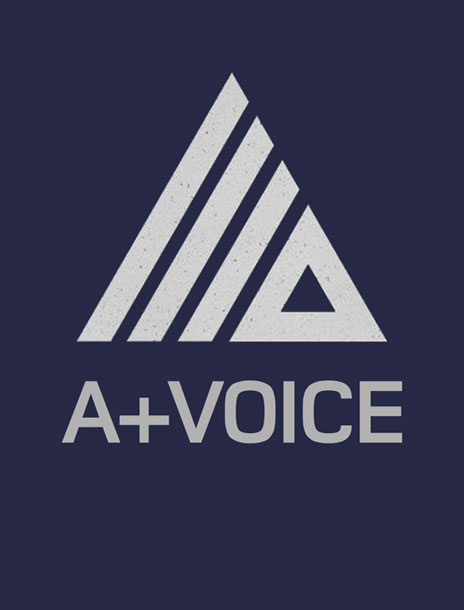
Overview
Safety analyses conducted by Safety Scientists necessitate significant financial and operational resources for businesses within the biopharmaceutical, biotech, pharmaceutical, and medical device industries. Regulatory bodies, including the EMA, MHRA, FDA, and other local or health authorities, mandate that these analyses be carried out by medically trained personnel. Consequently, companies such as Roche/Genentech allocate a substantial portion of their annual operational budget to employing these highly specialized and costly professionals.
Additionally, the sheer volume of safety analyses conducted can lead to the underestimation or oversight of crucial findings or objectives. This situation may result in significant data being overlooked and not reported to the relevant regulatory authorities as required. Moreover, the introduction of a tool capable of conducting more sophisticated analytics could uncover areas missed by Safety Scientists. Such a tool would not only augment the work of these scientists by identifying critical insights but also streamline their workflow, allowing them to focus on core activities rather than administrative duties.
The research team plans to conduct a comprehensive survey with a wide-reaching global participant base, utilizing a web application that allows for at-home completion. Participants will engage in established neuropsychological assessments, perform verbal tasks, answer pertinent survey questions, and submit a voice sample. The study's online and anonymous format is designed to enhance its accessibility and diversity, enabling a more effective measurement of the "real-world" impacts of psychedelics on mood and cognition.
Benefits:
Our company undertakes the analysis of approximately 400,000 references from medical literature, sourced through third-party vendors and various external channels. This extensive review focuses on identifying safety data for drugs within the same class, exploring areas of interest concerning investigational and marketed products, and gathering competitive intelligence. These analyses are currently performed by human experts, such as Safety Scientists and in-house pharmacovigilance professionals. However, there's a risk that critical details might be overlooked during manual review. Leveraging computational power and advanced mathematical models, we aim to significantly enhance the speed and accuracy of these analyses, surpassing human capabilities. This approach not only promises to improve efficiency but also offers substantial cost savings by optimizing the use of human resources for more strategic tasks.
The development and demonstration of the initial Proof of Concept (POC) will require a dedicated three-month period for defining the precise computational model. Following this phase, we anticipate spending the next four months developing an early version of the tool to showcase the concept. This timeline ensures a structured approach to bringing our innovative solution from concept to reality.
The initial objective is to develop a tool capable of filtering out references that lack information on adverse events. Subsequently, we aim to create at least two models for identifying adverse events: one based on Natural Language Processing (NLP) and the other on a combination of statistical and library-based models. As the POC progresses, we expect to outline additional outcomes through further research and exploratory analysis.
Granting users full control over their data fosters trust and encourages long-term engagement with the decentralized science projects







